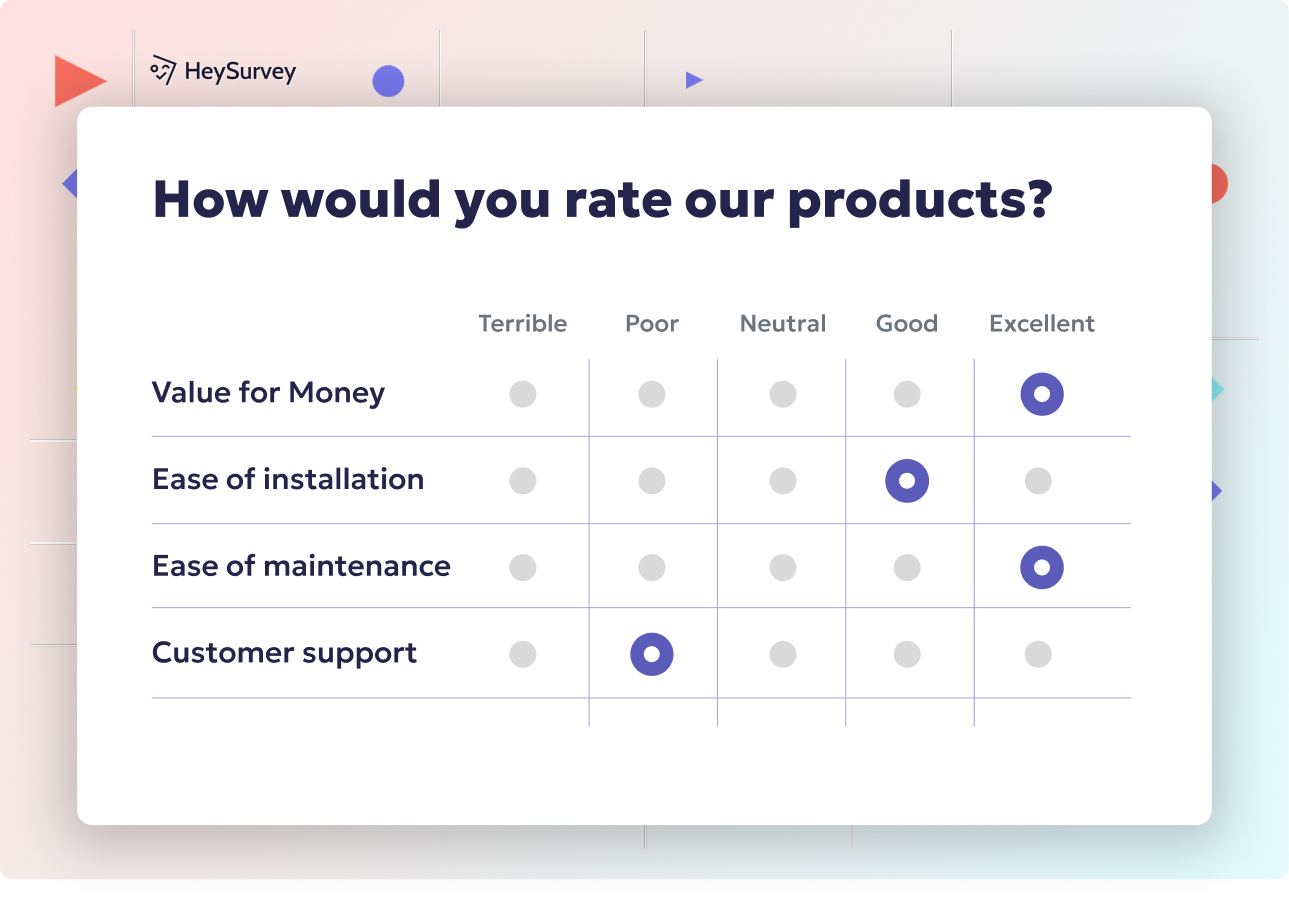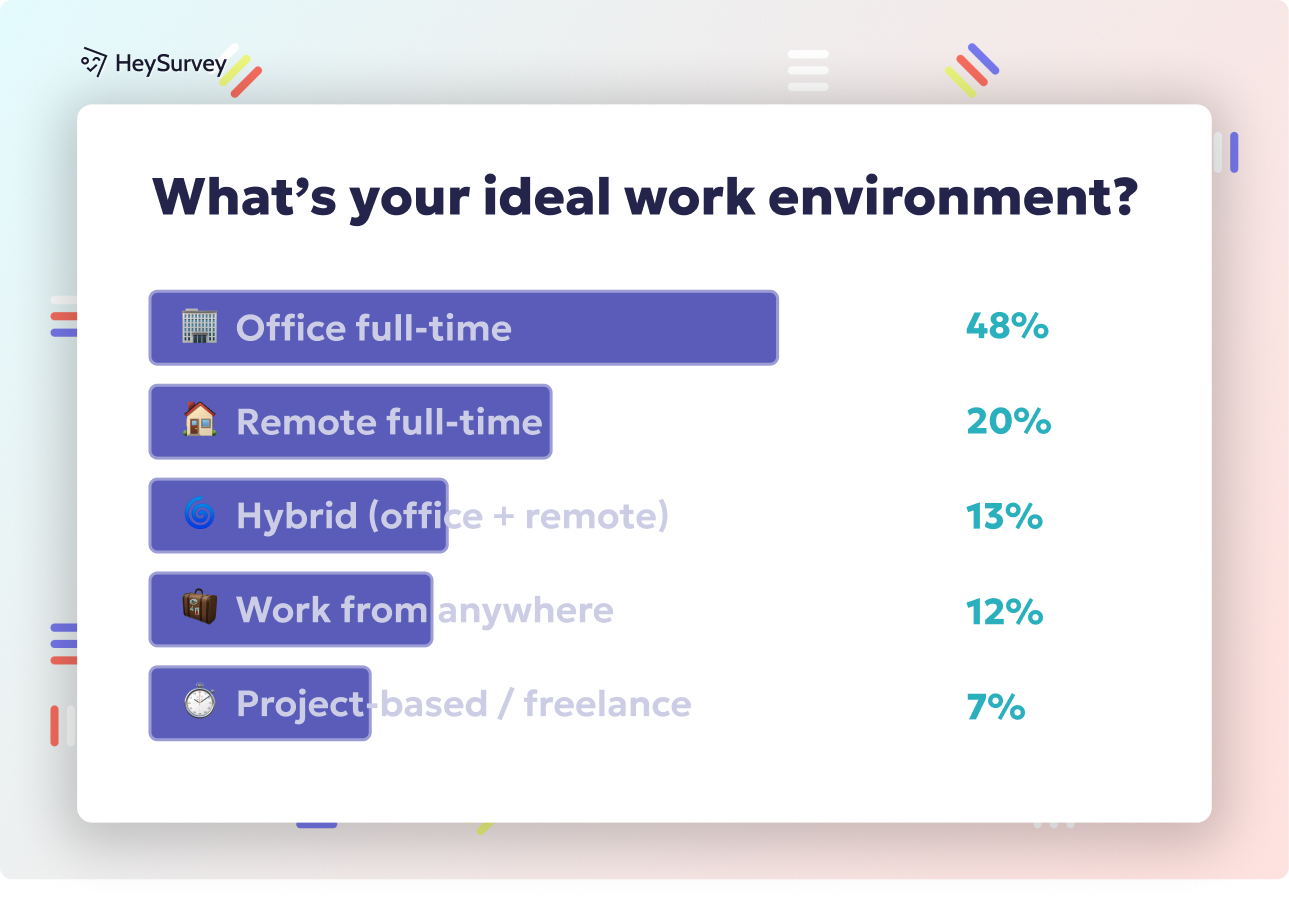30 Data Governance Survey Questions: Types, Samples & Best Practices
Explore 25+ data governance survey questions packed with expert insights, sample types, and best practices to strengthen your data programs.
Data governance can feel like herding cats, especially when data leaders, stewards, and BI teams are trying to keep tabs on the health of their programs. That’s where a well-crafted data governance survey swoops in to save the day! By asking the right questions, you’ll uncover hidden gaps in your data quality, security, ownership, and culture—the stuff that makes or breaks success. In this guide, you’ll dive into 8 specialist survey types (with pro-level context for when & why to deploy them), snag 40+ ready-to-use survey questions, and master a checklist of dos and don’ts for building action-ready assessments.
Data Quality Survey
What is a Data Quality Survey?
A data quality survey zeroes in on the lifeblood of any data governance initiative: making sure your data is accurate, complete, consistent, and timely. Without these pillars in place, even the fanciest reports and dashboards crumble. A data governance questionnaire focused on quality highlights where cracks exist and lets you prioritize fixes.
This survey isn’t just for show—it’s a powerful spotlight that can reveal sneaky sources of lousy reports and redundant effort. If you’re dealing with “garbage in, garbage out” chaos, this is your best friend.
Why & When to Use a Data Quality Survey
Don’t wait for a fire drill! Use a data quality survey:
- Before moving data to a new platform or rolling out a next-gen analytics tool
- Ahead of your regular quarterly review to sniff out brewing issues
- When complaints about “bad data” spike or rework is burning holes in your team’s budget
By tackling quality complaints before they snowball, you drastically reduce rework and embarrassing reporting slip-ups. You’ll also have concrete data for conversations about tool investments or new corrections.
Sample Data Quality Survey Questions
How often do you encounter duplicate records in mission-critical datasets?
On a scale of 1-5, how confident are you in the accuracy of customer master data?
Which data fields lack standard definitions across business units?
How frequently are data-quality issues communicated to your team?
What percentage of your time is spent cleansing or validating data?
A 2025 survey revealed that 64% of organizations identify data quality as their top data integrity challenge, up from 50% in the previous year. (dbta.com)
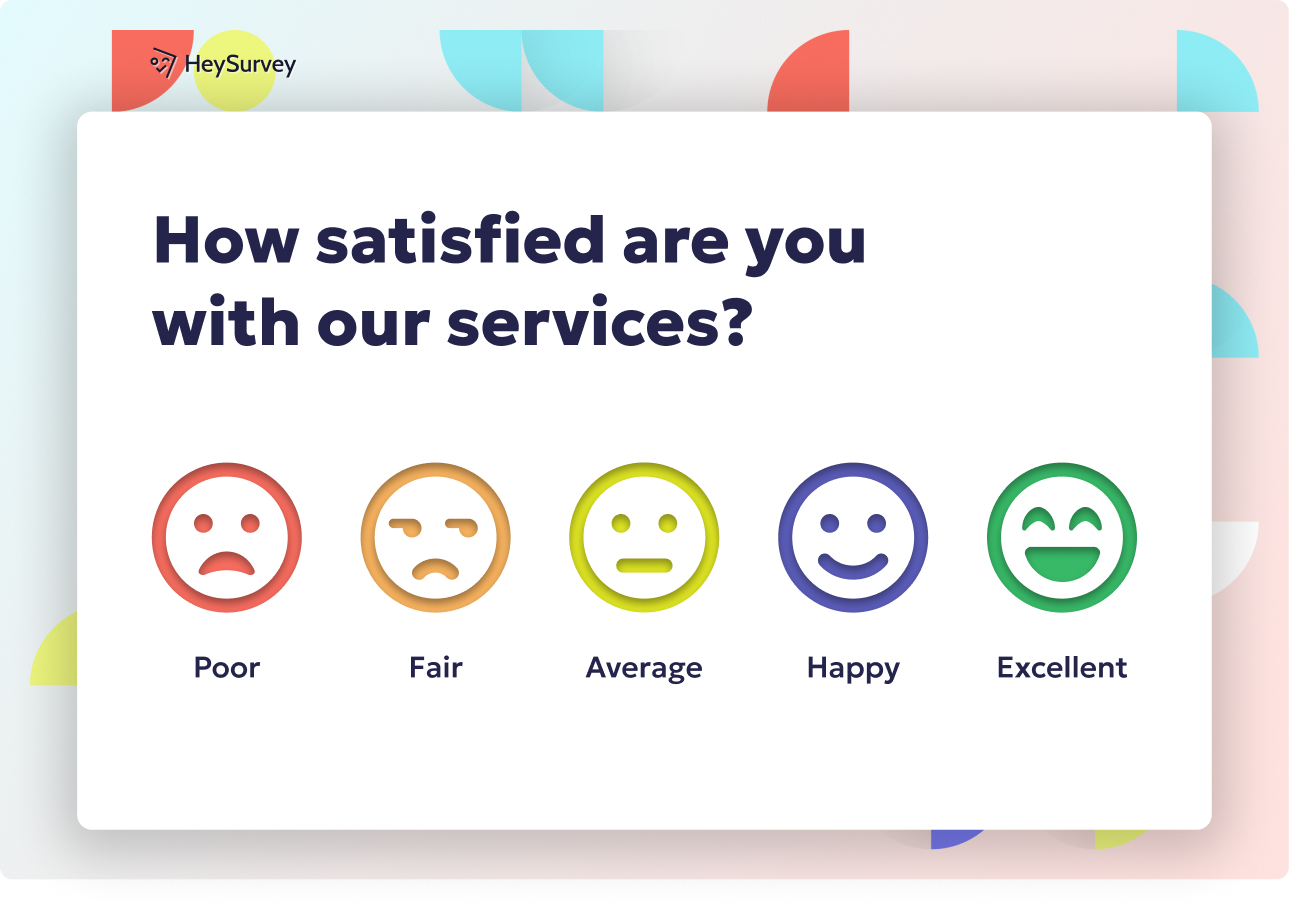
Creating a data governance survey with HeySurvey is a breeze, even if you’ve never tried it before. Just follow these 3 easy steps to get your survey up and running in no time!
Step 1: Create a New Survey
- Head over to HeySurvey and choose to start a new survey. You can pick a blank canvas or start from a handy pre-built template designed for your data governance focus.
- Give your survey an internal name to help you keep organized as you build.
- Don’t worry about an account at this stage—you can start crafting your questions right away!
Step 2: Add Questions
- Click the Add Question button whenever you’re ready to add that all-important question.
- Choose the question type that fits best: single choice, multiple choice, scale (for your 1-5 ratings), or open-ended text to let respondents elaborate.
- Enter your question text clearly and simply. Use markdown formatting to highlight key terms if you want.
- Mark required questions so respondents can’t skip the essentials.
- You can insert images or examples for extra clarity or even duplicate questions to save time.
Step 3: Publish Your Survey
- Hit the Preview button to see what your survey looks like to respondents and fix any last tweaks.
- When you’re happy, click Publish. Note: publishing requires a free account so you can collect and view responses later.
- Share the survey link with your target audience or embed it on your website.
Bonus Step: Apply Branding and Customize
- Add your organization’s logo to the top left corner to make the survey feel truly yours.
- Tweak colors, fonts, and backgrounds in the Designer Sidebar to match your brand or make the survey more engaging.
- Set start/end dates, response limits, or redirect URLs in the Settings panel to control when and how your survey is accessible.
Bonus Step: Define Branching (If Needed)
- Use HeySurvey’s branching features to tailor paths based on responses. For example, send respondents to different questions depending on their data governance role or confidence level.
- This makes your survey smarter and more relevant, increasing engagement and actionable insights.
Ready to get started? Click the Start from Template button below to open a pre-filled data governance survey and make it your own right now!
Data Accessibility & Discoverability Survey
What is a Data Accessibility & Discoverability Survey?
If hunting for datasets in your organization feels like a treasure hunt—with no map—you need a data accessibility and discoverability survey. This checks how easy it is for people to locate, request, and extract data they need for their day jobs. It’s all about breaking down the walls between data silos and enabling a smoother ride to better insights.
Poor accessibility creates drag on analytics and sends help desk tickets through the roof. That’s why measuring and improving discoverability is a staple in the modern data governance assessment toolkit.
Why & When to Use a Data Accessibility & Discoverability Survey
Set yourself up for success by deploying this survey:
- Before rolling out a shiny new catalog tool
- Ahead of a self-service analytics launch
- When you notice a rash of “can’t find data” support tickets
Speedy data access boosts productivity and morale, while clunky processes leave teams frustrated and disengaged. This survey surfaces which tools and formats are tripping everyone up.
Sample Data Accessibility & Discoverability Survey Questions
Rate the ease of locating datasets relevant to your role.
How long does it typically take to gain access approval to a new dataset?
Are data catalogs or glossaries up to date and searchable?
Which formats (CSV, API, BI reports) cause the most friction for you?
What improvements would most enhance data discoverability?
Mandated data archiving policies, requiring data availability statements, improve online data accessibility nearly a thousand-fold compared to no policy. (arxiv.org)
Data Security & Compliance Survey
What is a Data Security & Compliance Survey?
Nobody wants to land in hot water with regulatory bodies or deal with a data breach. A data security & compliance survey dives into how well you’re protecting sensitive information (PII, PHI, PCI) and sticking to rules like GDPR, CCPA, or HIPAA. This survey isn’t just about ticking compliance boxes—it’s about making sure everyone knows how to keep data safe and sound.
Compliance may seem like paperwork, but it’s a lifeline for trust. Clear, actionable insights from your data governance assessment can plug costly holes before they become headlines.
Why & When to Use a Data Security & Compliance Survey
Deploy this survey when stakes are high:
- Before audit season or annual compliance review
- After updating policies or rolling out new controls
- Immediately following a security incident, to spot gaps
You’ll learn where your team is foggy on procedures—and whether your training is landing where it should.
Sample Data Security & Compliance Survey Questions
Do you understand the procedures for reporting a data breach?
Are access controls reviewed at least quarterly in your team?
How confident are you that sensitive data is masked or encrypted in non-prod environments?
Which regulatory requirements are least clear to you?
Have you received adequate training on secure data-handling practices?
Data Stewardship & Ownership Survey
What is a Data Stewardship & Ownership Survey?
Clarity rules in data governance, and that’s exactly what a data stewardship & ownership survey measures. It evaluates whether roles and responsibilities are crystal clear and if stewards are stepping up as true custodians of key datasets. When everyone knows their part, fewer things slip through the cracks.
If your data feels like an orphan or team members are playing the blame game, stewardship is your leverage point.
Why & When to Use a Data Stewardship & Ownership Survey
The perfect time to deploy this survey is:
- After launching a data stewardship program
- During or following organizational shakeups
- When responsibility hot-potato is costing time and trust
This survey brings hidden accountability gaps into the daylight, so you can reinforce standards and help your stewards shine.
Sample Data Stewardship & Ownership Survey Questions
Is a designated data owner documented for each key dataset you use?
How responsive are data stewards when issues are raised?
Rate your understanding of the RACI matrix for data governance tasks.
Do data owners have adequate authority to enforce standards?
Which stewardship processes require additional support or tooling?
Effective data stewardship in higher education requires structured training and professional policies to manage and disseminate research data effectively. (arxiv.org)
Metadata Management Survey
What is a Metadata Management Survey?
Metadata is like the secret sauce that makes data governance not just possible, but delightful. A metadata management survey measures the completeness and usability of business and technical metadata, from definitions and lineage to lovable tags. Quality metadata turns what could be a pile of chaos into searchable, understandable, and trusted assets.
Bad metadata means confusion, stale analytics, and a lot of repetitive questions. Your data quality survey is great for catching errors, but only strong metadata management gets everyone speaking the same language.
Why & When to Use a Metadata Management Survey
Unleash this survey magic:
- Before selecting a new metadata management platform
- In advance of a major schema overhaul
- When miscommunication between teams is spiking
Solid insights here make it easier to justify investments and show the real value of good metadata practices.
Sample Metadata Management Survey Questions
How complete are data-set descriptions in the catalog?
Are data lineage diagrams available and trusted?
Does metadata capture business terminology in a user-friendly way?
How often do you encounter conflicting field definitions?
What metadata gaps impede your analytics work?
Data Governance Maturity Assessment Survey
What is a Data Governance Maturity Assessment Survey?
Ever wish you had a map for where your program stands—and where to go next? A data governance maturity assessment survey provides a holistic self-check across people, processes, tech, and culture. It goes way beyond data quality, offering a 360-degree view to help benchmark and boost your initiatives.
This isn’t just for new programs. Mature organizations use it yearly to justify budgets, uncover weak spots, and track progress over time. Being honest beats pretending your program is perfect.
Why & When to Use a Data Governance Maturity Assessment Survey
Drop this survey into play:
- At the very start of a data governance program
- Every year, as part of your benchmarking ritual
- If you need to show improvement to execs or unlock funding
It tells a story, identifying which dimensions need TLC, so you can prioritize fixes that matter most.
Sample Data Governance Maturity Assessment Survey Questions
At what stage is formal data-governance strategy documented and approved?
Are KPIs in place to measure data-governance ROI?
How integrated is governance with existing project-management lifecycle?
Rate executive sponsorship for data-governance initiatives.
Which maturity areas (quality, security, literacy) are most under-developed?
Data Literacy & Culture Survey
What is a Data Literacy & Culture Survey?
Even the best systems flop if no one wants to play. A data literacy & culture survey asks how skilled, confident, and motivated your workforce is when it comes to using data for decision-making. Trust and skill gaps here can wipe out months of technical improvements.
This survey checks the pulse of your organization’s data spirit, unmasking where upskilling, trust, or empowerment is needed most.
Why & When to Use a Data Literacy & Culture Survey
Make this survey a priority:
- Right before rolling out dashboard or analytics self-service tools
- Ahead of data democratization or culture initiatives
- When you need to justify budget or time for data training
Improving data culture boosts not just team performance but morale. Trust is the secret ingredient that turns “meh” into “wow.”
Sample Data Literacy & Culture Survey Questions
How confident are you interpreting data visualizations in your role?
Do you have access to training resources for improving data skills?
How frequently do you use data to support day-to-day decisions?
Do you trust the data sources provided by your organization?
What barriers prevent broader data adoption in your team?
Policy & Standards Compliance Survey
What is a Policy & Standards Compliance Survey?
It’s one thing to write a shiny new policy. It’s quite another to see those policies become habits. A policy & standards compliance survey reveals whether teams actually know, follow, and respect your data standards—covering essentials like naming conventions, retention schedules, and classification.
Without this check, small cracks turn into audit nightmares. With it, you can fix what’s not sticking and celebrate what’s working.
Why & When to Use a Policy & Standards Compliance Survey
Reach for this survey after:
- Publishing new data management or classification policies
- When audit outcomes show compliance gaps
- Any time there’s confusion about “rules of the data road”
This survey gets everyone on the same page and pinpoints which policies need clarification, training, or simplification.
Sample Policy & Standards Compliance Survey Questions
Are data-retention schedules clearly communicated and followed?
Do you use approved naming conventions for new data elements?
How often are policy exceptions requested in your area?
Rate ease of accessing documentation on data-handling standards.
Which policies are most difficult to implement and why?
Dos and Don’ts for Crafting High-Impact Data Governance Surveys
Dos for Effective Data Governance Surveys
A winning survey should be designed with clear, targeted objectives in mind. This means every question needs to map back to something actionable in your data governance plan. You get what you measure, so don’t waste a single question slot.
Keep these best practices in play:
Use clear, jargon-free language everyone can understand
Supply examples where needed, especially for nuanced topics
Mix scaled, multiple-choice, and open-ended questions to reveal both trends and surprises
Pilot test your survey with a small group and iterate based on their feedback
Always close the loop—share findings and action plans, so people see their input wasn’t lost in a black hole
This approach encourages honest feedback, higher completion rates, and actionable next steps, making your survey a tool for real change.
Don’ts for Data Governance Surveys
Avoid the classic potholes by steering clear of certain pitfalls. Don’t ask “double-barreled” or leading questions—these muddy your results and frustrate respondents. Keep it short; if your survey takes longer than 10 minutes, expect mass desertions.
Other important don’ts:
Never ignore the importance of anonymity and data-privacy; people answer more honestly when they know it’s safe
Skip generic, non-actionable questions that don’t move the needle
Don’t forget to check each question’s alignment with your governance objectives—irrelevant questions drain attention and good faith
Focus on survey best practices to collect insights that help your program mature while keeping respondents engaged and willing to answer your next round.
Conclusion
With these proven survey types and best practices, you can measure, monitor, and level up every aspect of your data governance program. Use these questions and checklists to uncover blind spots, build engagement, and make strategic improvements. The next time someone asks how healthy your data governance effort is, you’ll have the answers and the evidence. Happy surveying—your data’s future just got a lot brighter!
Related Employee Survey Surveys

29 Essential Post Mortem Survey Questions for Project Success
Discover 25+ essential post mortem survey questions to improve projects, boost team morale, and d...
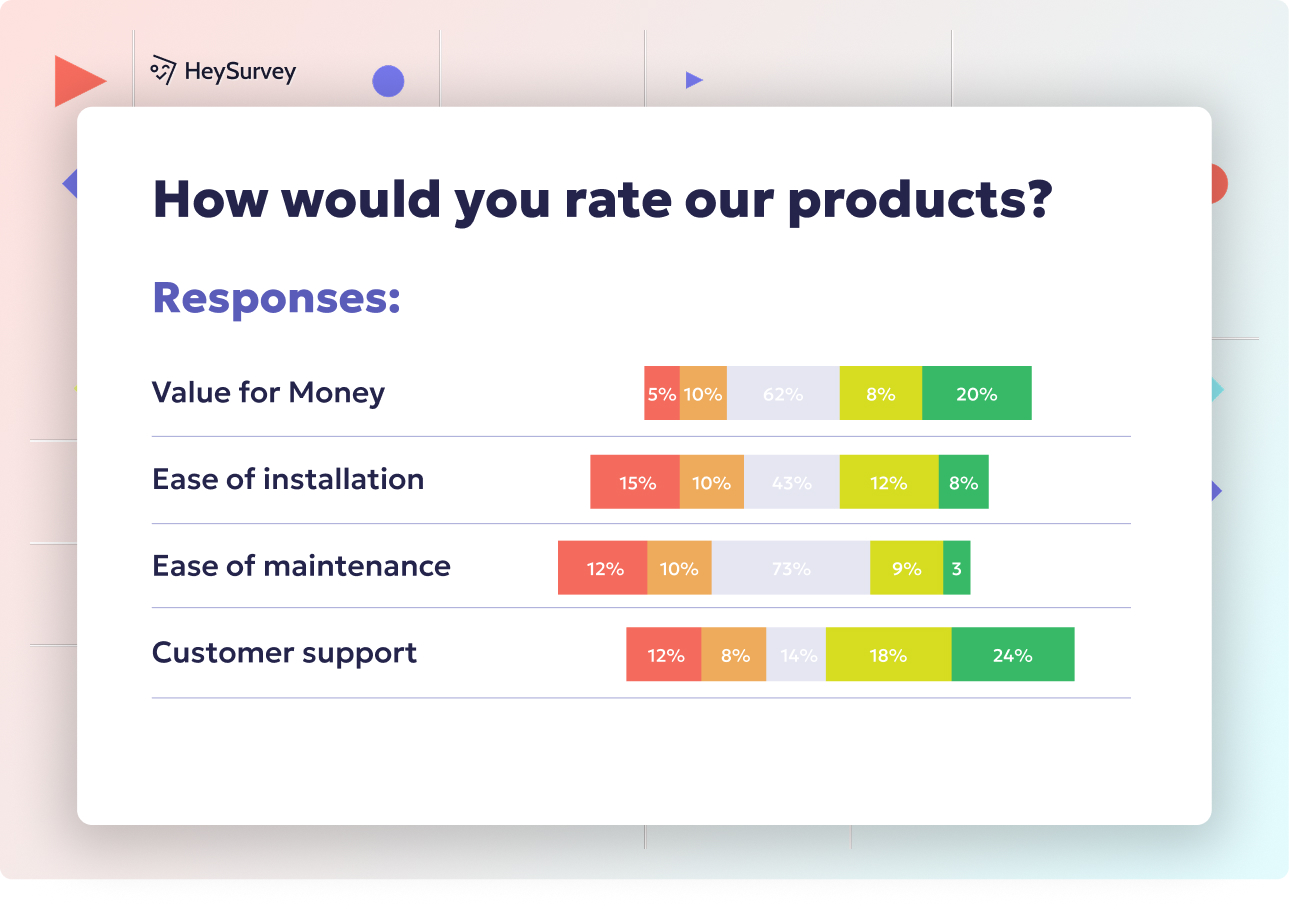
31 Change Readiness Survey Questions to Boost Your Success
Discover 25+ sample change readiness survey questions to assess attitudes, barriers, and confiden...
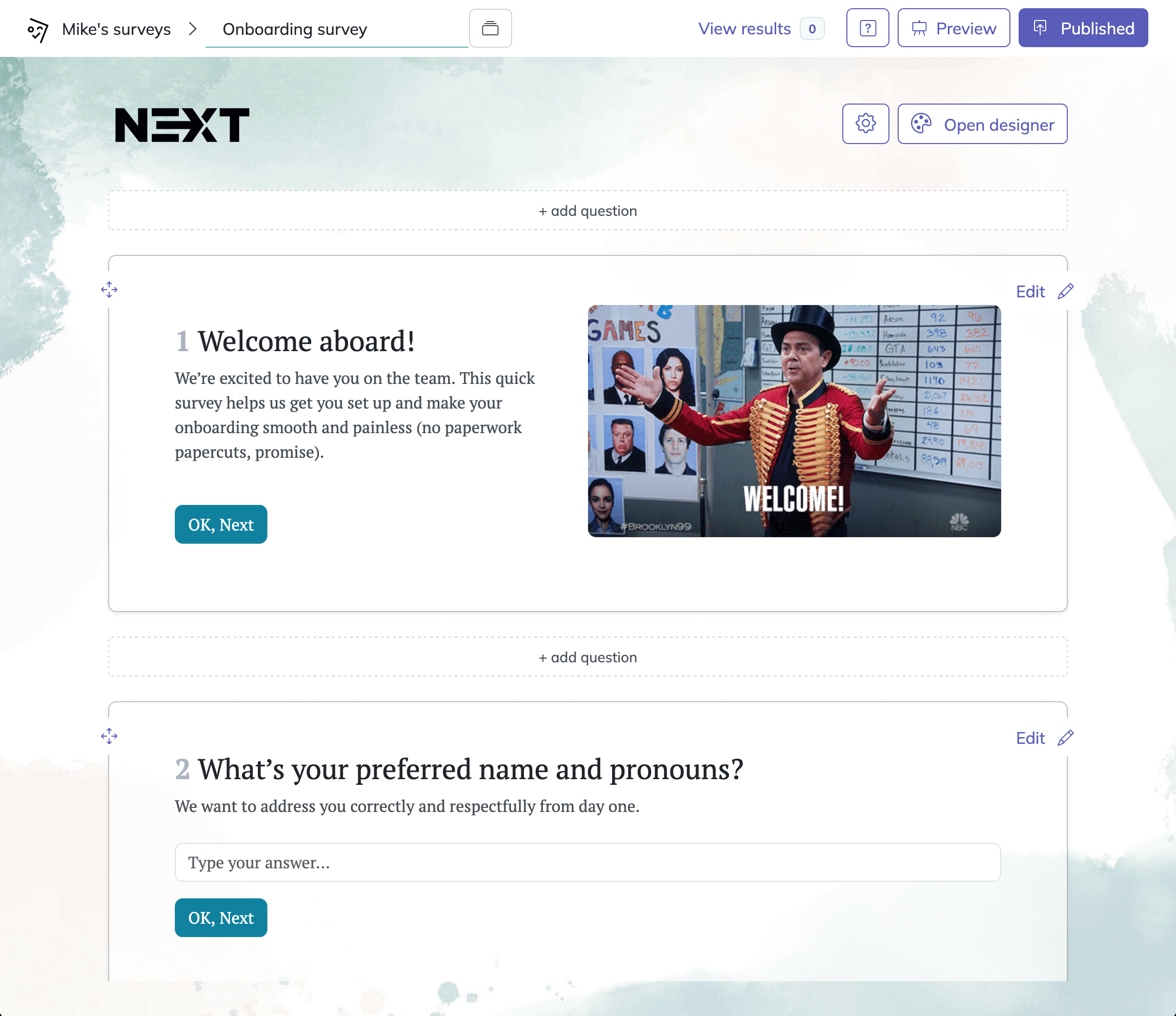
31 Retreat Survey Questions to Collect Actionable Feedback
Discover 26 essential retreat survey questions to gather actionable feedback before, during, and ...
